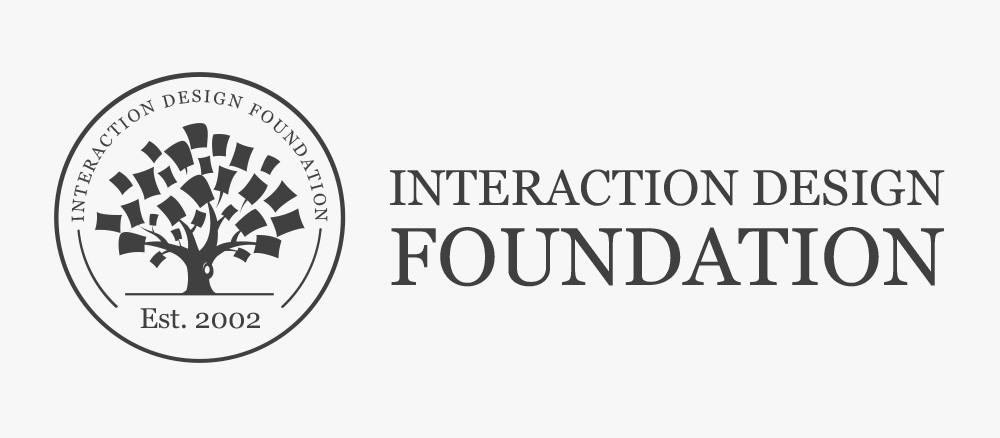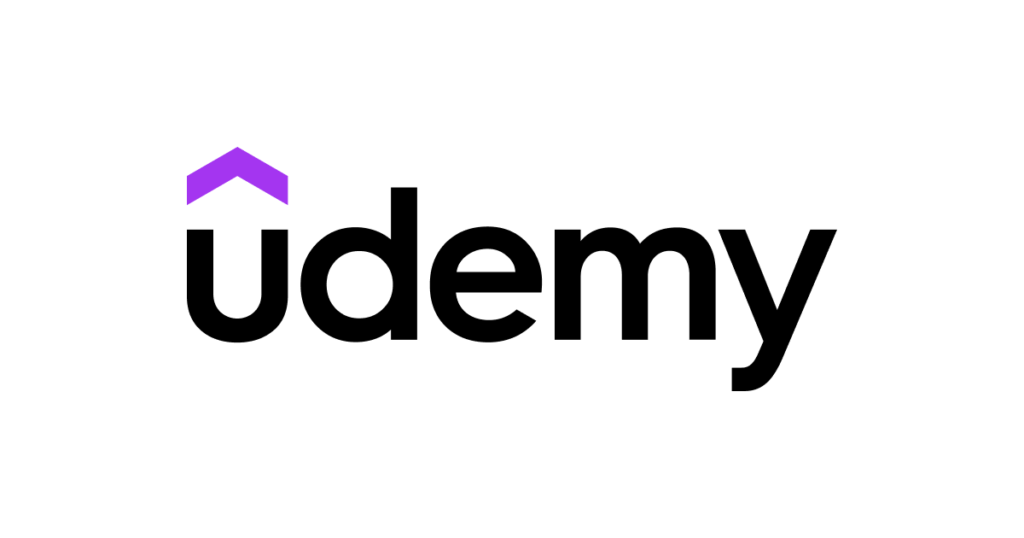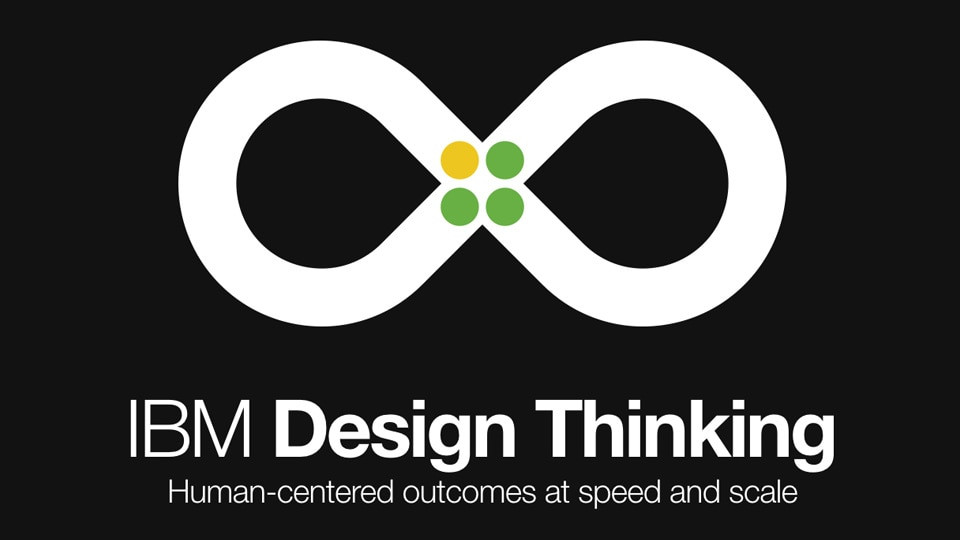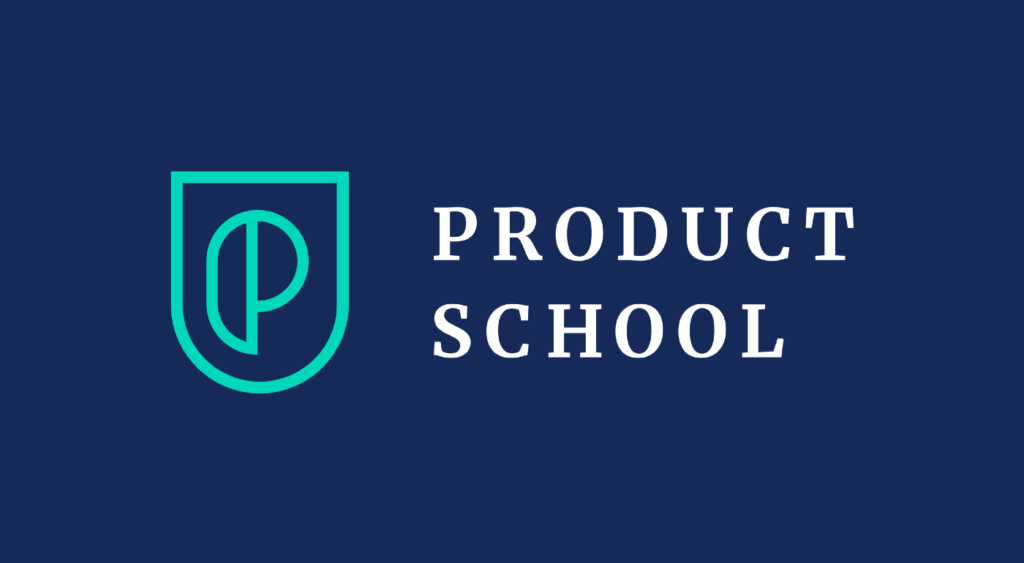For the prospective students and designers of learning platforms
They say life is a university, an experience that is constantly teaching us, and in-turn shaping us. But intentional lifelong learning is also a big part of life. There’s a popular saying that says a man dies the day he stops learning.
Thankfully, the digital world has made this a lot easier with our access to a wealth of information at our very fingertips. Although this is impressive, it comes with some disadvantages, because when something valuable becomes common, its initial value drops. It’s just the simple concept of demand and supply. In the same vein, when the supply of information becomes higher than normal, the demand automatically drops.
So presently, the problem is no longer access to information, knowledge, or wisdom of the wise, but the problem now lies with deciphering which is worth your while. In my own opinion, the world has become so noisy with information that there’s no allowance to even sit still and collect your thoughts.
To solve these problems, several virtual learning platforms have come up with ways to provide standard, structured, and accredited information in different means, to appeal to those faced with the hunger to acquire knowledge but are too scared to obtain counterfeit information. It also appeals to people that need a sense of structure to learn effectively.
I happen to be one of those and I have patronized a few of these learning platforms but majorly all relate to the study of user experience. Some of my favorites I’ll talk about, and also what made them stand out. So, if you’re looking to learn about User Experience Design, or if you’re designing a learning platform. I hope my own experiences with these platforms will be of help to you.
In no particular order, I’ll begin with;
Interaction Design Foundation

This is a non-profit learning organization that aims to provide affordable education in the theory of User experience design. The pricing is affordable if you opt for the yearly subscription plan and then you have access to all the courses they offer for a full year. They also offer periodic webinars as well as a UX Bootcamp.
One thing I love about the program is its very structured learning process. There are usually 6 courses with a series of lessons under each, comprising either video or text-based content (sometimes both) with either a closed or open-ended question at the end of each lesson. The courses are taken by accredited professionals and most times university professors around the globe. The whole experience sort of gives me that classroom vibe that I need to take time to study the material in order to pass the course and earn a certificate. It also has this grade ranking where your grade rank is displayed on your certificate if your score is above 90% and 100%. I also love the forums and discussion sessions after every course. The program did a good job to build a learning community among designers globally.
A downside for me was the fact that the entire learning platform is hosted on their website and there’s no provision to download a dedicated app for the cause. Although this is not necessarily a problem for me as long as the website is responsive. However, I would appreciate it if I could at least have the option of downloading courses, to access offline.
Overall, it is more of a formal learning experience and sometimes it leaves me feeling overwhelmed with information. This is probably because their courses are lengthy and rigorous.
Udemy

Udemy is a very popular learning platform that gives virtually anybody the opportunity to package a course and sell it on the platform. The courses are all in video formats although other resources may be provided by the tutor. The courses I took are, Joe Natoli’s Design Rules and UX and Web Design Master Course. The pricing for these courses is very affordable although different instructors set different prices for their courses.
Well, I enjoyed the courses I got and I learned a lot. But unlike the Interaction Design Foundation, it has a very informal learning structure in my opinion. It is self-paced and you have access to the courses for life once they have been purchased. The learning platform itself is quite functional but there are no quizzes or questions at the end. However, there is a provision to ask peers and the instructor questions at every level.
After the entire course, you are awarded a certificate for completing the course, I believe this is because your mastery of the subject cannot be ascertained. Overall, I’ll recommend Udemy if you’re interested in learning something practical and not necessarily looking for an industry-accepted certification.
IBM Enterprise Design Thinking

IBM Enterprise design thinking is a course by IBM. It is divided into four parts with different levels of requirements, skill, and expertise. The course provides a badge after completion which is IBM’s version of a certificate. Also, the badge can be attached to your LinkedIn profile just like a certificate, to showcase your latest achievement.
I loved this course because it adopted a very interactive approach. There were mostly short videos, bite-sized articles, and open-ended questions but without grading. The open-ended questions were more to make one think about the aspect being thought than scoring you on your performance. Overall, it provided a beautiful experience that I’ll definitely like to repeat.
Product School

Product School is a platform that provides courses relating to product design and management as a whole. They have a few masterclass courses, short purchasable courses, and professional certification pathways. In addition, they hold periodic webinars on a range of topics, some paid and some free. I took part in one of the masterclasses, which you can find here. I also took two other courses which you can find here and here. Their courses rank really high on the price scale ranging from $700 to about $1000 per course, and the prices go way up for the certification pathway.
The experience was the least favorable for me because it just provided the videos and that’s all. Its experience is quite similar to Udemy but with the absence of the ability to ask questions. You are only required to watch the videos and at the end, you get a certification of completion. The good part is that the lessons are very analytical and insightful. This is because they are usually given by certified industry professionals recognized all over the globe. I would recommend this if you are looking for a platform that guarantees fresh insights by industry professionals and provides a certificate that is widely recognized in the profession.
In Summary
Overall, I loved the experience of the IBM Enterprise design course the most, because it made me feel like I was learning in a fun way, and it gave me information in easily digestible bits. It also had structure but it was not as rigid as that of the Interaction Design Foundation.
However, the Interaction Design Foundation is my next best experience because it provides a good structure to learning but for me, it was easy to get overwhelmed with information.
So based on my experiences, if you are tasked with designing a learning platform, important things to consider, depending on individual project goals would be;
- Maintaining a proper check to ensure what is taught is being learned. This can be asking open or closed-ended questions at structured intervals or at random.
- Providing bit-sized information that is easily digestible and prevents information overload.
- Provide a means to learn from other people. Maybe a forum, peer-to-peer review, or the ability to ask questions.
To conclude, I believe it’s important to take learning easily, avoid overloading yourself with information and try to apply the knowledge gained. Because in the end, what use is knowledge without its application?



